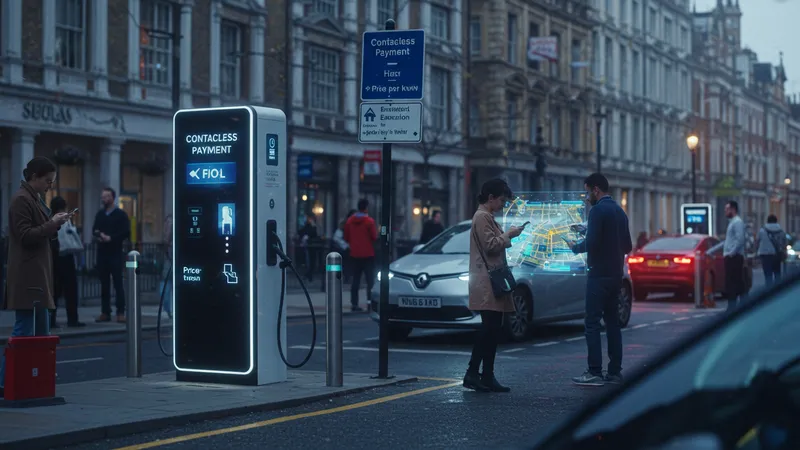
Charging Stations : Insights And Solutions
Charging Stations: Insights and Solutions — Regulatory Support and Future Directions
The regulatory landscape in the United Kingdom has a direct impact on the growth and effectiveness of charging station solutions. The government’s Office for Zero Emission Vehicles (OZEV) spearheads initiatives like the EV Homecharge Scheme and Workplace Charging Scheme, providing funding to property owners and businesses to install chargepoints. These incentives are crucial in extending coverage beyond the public network and empowering private investment in EV infrastructure.

Recent regulation requires all new rapid charge points to support contactless payment and display price per kWh, standardising user expectations and streamlining oversight. Publicly funded stations must also publish live status and availability data, allowing integration with third-party apps such as Zap-Map or Octopus Electroverse. This focus on transparency ensures that users have reliable information and can avoid out-of-service stations or costly detours.
The government’s commitment to phase out new petrol and diesel vehicles by 2035 places additional urgency on charging network expansion. Developers are now encouraged to install fast chargers in new-build homes and commercial parking lots, anticipating future demand and reducing installation costs. Local authorities receive resources and guidance to address rural access gaps and promote inclusive infrastructure planning.
Looking to the future, UK solutions will likely focus on grid integration, renewable energy sourcing, and smarter charging scheduling. Ongoing pilots explore vehicle-to-grid (V2G) capabilities, allowing EVs to return electricity to the network at peak times. As these innovations enter the mainstream, charging stations will become even more integral to the country’s sustainable mobility transformation, changing daily life across urban and rural communities.